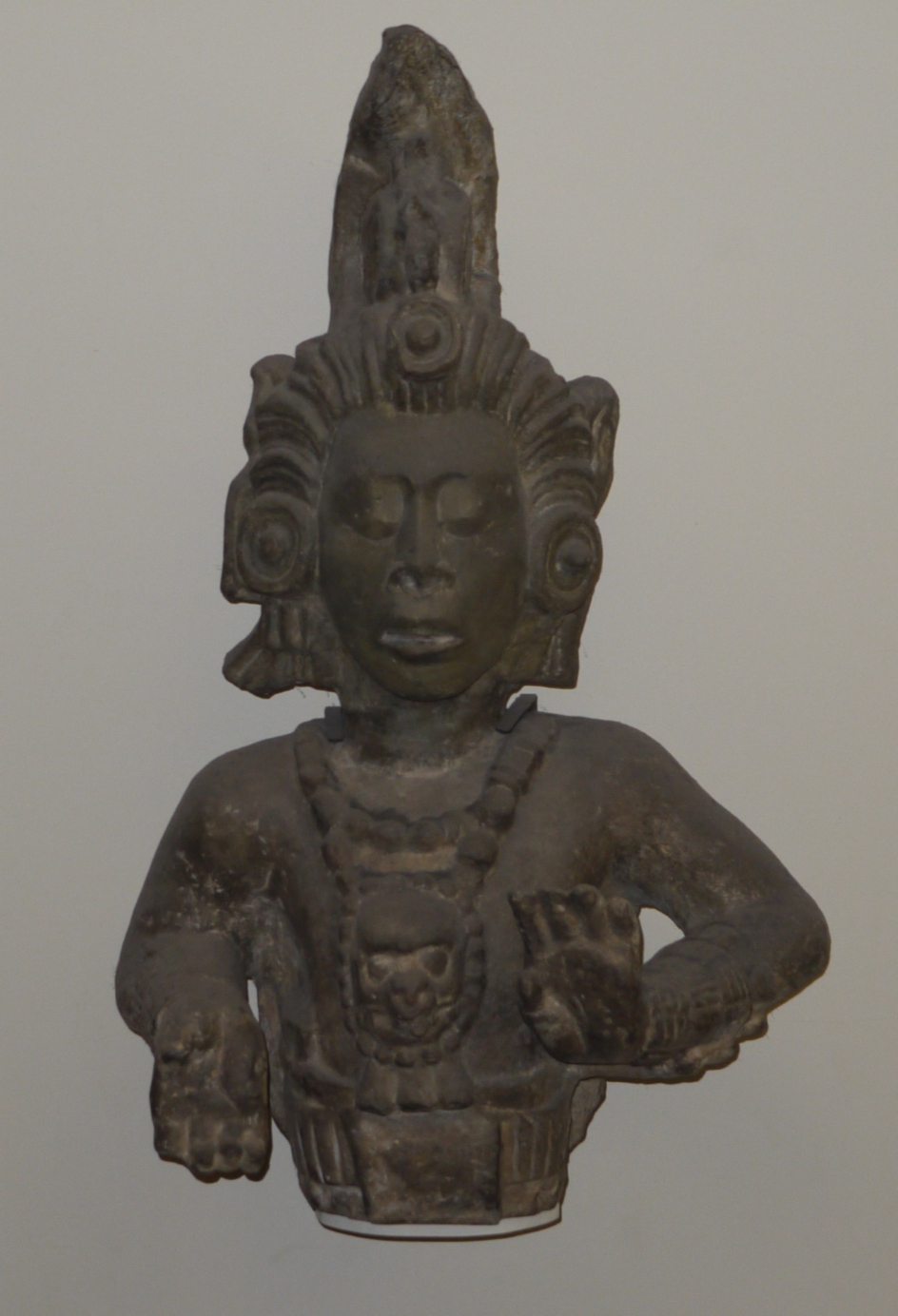Hun Hunahpu on:
[Wikipedia]
[Google]
[Amazon]
Hun Hunahpu "One Hunahpu" (pronounced ) is a figure of Late Postclassic
 It has been argued that unlike the Quiché Maya of the Late Postclassic, the Maya of the Classical Period believed the paternal figure to have been reborn as the
It has been argued that unlike the Quiché Maya of the Late Postclassic, the Maya of the Classical Period believed the paternal figure to have been reborn as the
Maya mythology
Maya mythology or Mayan mythology is part of Mesoamerican mythology and comprises all of the Maya tales in which personified forces of nature, deities, and the heroes interacting with these play the main roles. The legends of the era have to be ...
whose name connects him to the XXth day of the day count, Hunahpu (corresponding to Classic ''Ahau'' "Lord"). His tale is part of the early-colonial "Popol Vuh
''Popol Vuh'' (also ''Popul Vuh'' or ''Pop Vuj'') is a text recounting the mythology and history of the Kʼicheʼ people of Guatemala, one of the Maya peoples who also inhabit the Mexican states of Chiapas, Campeche, Yucatan and Quintana Roo, ...
" manuscript. According to this source, Hun Hunahpu is the father of the Maya Hero Twins
The Maya Hero Twins are the central figures of a narrative included within the colonial Kʼicheʼ document called Popol Vuh, and constituting the oldest Maya myth to have been preserved in its entirety. Called Hunahpu and Xbalanque in the Kʼ ...
, Hunahpu and Xbalanque. He is also the father of the twins' half-brothers, the patrons of artisans and writers, Hun-Chowen and Hun-Batz. Hun Hunahpu is paired with his brother, Vucub-Hunahpu "Seven Hunahpu". These two brothers of the generation preceding that of the hero twins were tricked into the Dark House by the lords of the Underworld (Xibalba
(), roughly translated as "place of fright", is the name of the underworld (in ) in Maya mythology, ruled by the Maya death gods and their helpers. In 16th-century Verapaz, the entrance to Xibalba was traditionally held to be a cave in the ...
) and sacrificed. Hun Hunahpu's head was suspended in a trophy tree and changed to a calabash
Calabash (; ''Lagenaria siceraria''), also known as bottle gourd, white-flowered gourd, long melon, birdhouse gourd, New Guinea bean, New Guinea butter bean, Tasmania bean, and opo squash, is a vine grown for its fruit. It can be either harvest ...
. Its saliva (i.e., the juice of the calabash) impregnated Xquic
Xquic (or Ixquic , ALMG: Xkikʼ, sometimes glossed as ''"Blood Moon"'' or ''"Blood Girl/Maiden"'' in English) is a mythological figure known from the 16th century Kʼicheʼ manuscript ''Popol Vuh''. She was the daughter of one of the lords of ...
, a daughter of one of the lords of Xibalba. She fled the Underworld and conceived the Twins. After defeating the Underworld lords, the twins recovered the remains of their father and their father's brother, but could not resuscitate them.
Hun Hunahpu and the Maize deity
maize
Maize (; ''Zea mays''), also known as corn in North American English, is a tall stout grass that produces cereal grain. It was domesticated by indigenous peoples in southern Mexico about 9,000 years ago from wild teosinte. Native American ...
. In this theory, the Tonsured Maize God rising from a turtle carapace
A carapace is a dorsal (upper) section of the exoskeleton or shell in a number of animal groups, including arthropods, such as crustaceans and arachnids, as well as vertebrates, such as turtles and tortoises. In turtles and tortoises, the unde ...
(the 'tomb' of the earth) is Hun Hunahpu resurrected, while the flanking Hero Twins are viewed as his sons rather than his coevals. Therefore, Hun Hunahpu is often referred to as a 'maize deity,' and the maize deity as 'First Father'. In support of the Maize Deity theory, reference is often made to a pottery scene showing a cacao tree with a maize (and also cacao) god head suspended in one of its branches, taking the place of one of the pods. This head is suggested to be the trophy head of Hun Hunahpu.Taube 1985: 175-176 Although the identification of Hun Hunahpu with the Classic Maya Maize Deity has become popular, objections remain. Thus, the hieroglyphic name of the Tonsured Maize God is different from the portrait glyph of (Hun-)Hunahpu, and the tree with the suspended trophy head is a personified cacao tree instead of a calabash tree. Such dissimilar fruits are unlikely to have had the same associations for the Maya.
References
Sources
* Freidel, Schele, Parker, ''Maya Cosmos.'' New York: William Morrow 1993. * Dennis Tedlock, ''Popol Vuh.'' New York: Simon and Schuster 1996 985 1st ed. * Karl Taube, ''Aztec and Maya Myths.'' The British Museum / University of Texas Press 1997. * {{K'iche' mythology Characters from the Popol Vuh Maya mythology and religion Maya deities